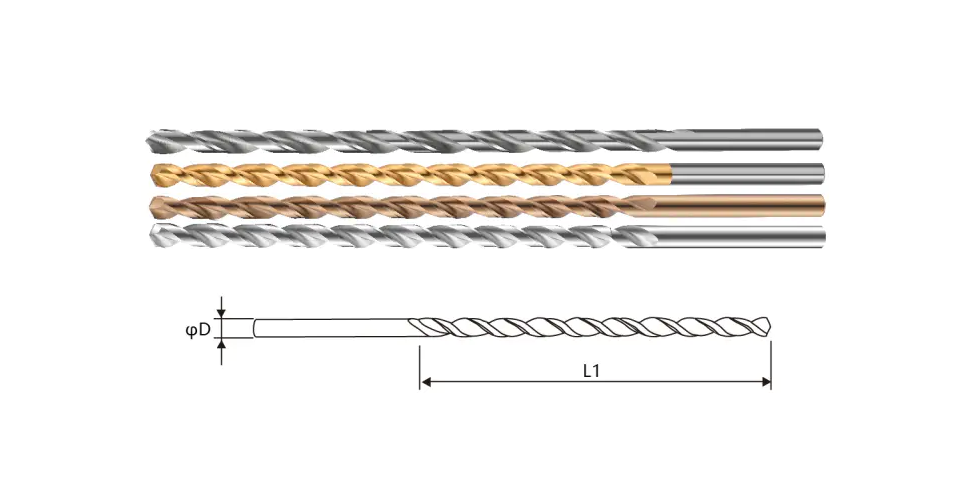Deep hole drilling tools have evolved to meet the increasing demands of industries that require long, accurate holes with smooth internal finishes. Unlike standard drills, these tools are specifically constructed to perform under conditions where precision and depth are both critical.
A key element of their functionality lies in their design. Many tools include guide pads and support bushings that help stabilize the tool as it penetrates deeper into the workpiece. This added stability ensures better hole straightness and uniformity. Whether drilling steel alloys, non-ferrous metals, or composite materials, the design of these tools supports repeatable performance.
Modern tool systems often utilize high-pressure coolant delivery through internal channels. This is vital not only for temperature regulation but also for effective chip transport out of the hole. Without this mechanism, chips can accumulate, leading to tool wear and inferior surface finishes. The coolant system plays a dual role in lubrication and chip removal, both crucial to successful deep hole drilling.
There are several drilling methods that utilize these tools, such as single-lip gun drilling and ejector systems. Each approach requires a tailored tool solution, based on factors like hole diameter, depth, and material type. The adaptability of these tools to different machining strategies adds to their value across applications.
Maintenance of these tools is also an important aspect. Regular inspection and proper handling ensure consistent performance over time. Wear indicators, sharpening schedules, and correct storage all contribute to reducing unexpected tool failure during critical operations.
Although deep hole drilling can be a complex process, advancements in tool design and machine integration have simplified many aspects of it. CNC control, digital monitoring, and real-time feedback now help optimize tool paths and reduce human error. With the right approach, these tools become a reliable part of achieving tight tolerances and smooth internal surfaces even in challenging materials.

